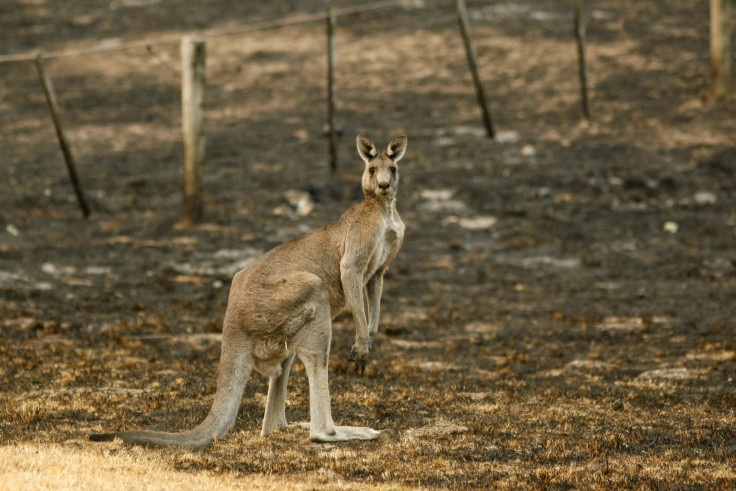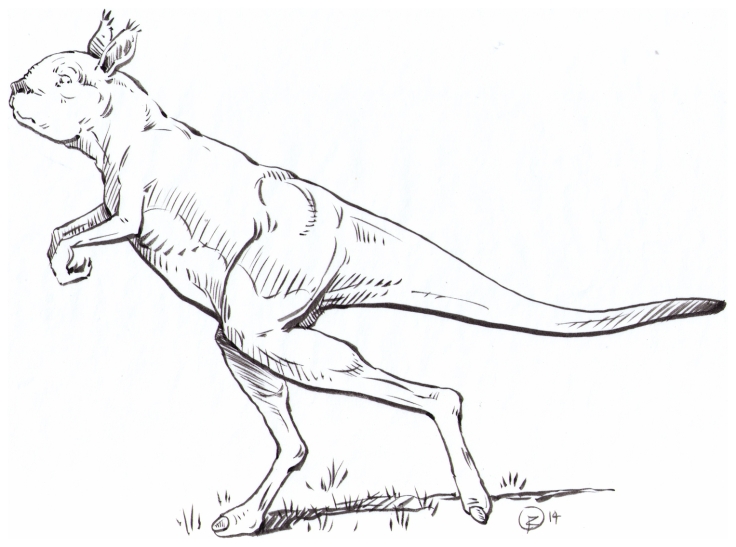Ancient Giant Kangaroos Most Likely Could Not Hop, But Walked Instead: Study

Ancient giant predecessors of modern-day kangaroos most likely could not hop, but walked, according to a study based on the extinct animals’ body posture, which was so rigid that they could move only one hindlimb at a time.
The study, published in the journal PLOS ONE on Wednesday, said that stiff backs and strong joints of the ancient “short-faced,” large-bodied sthenurine (a subspecies of marsupials) kangaroos indicate that they might have walked instead of hopping. According to the researchers, these extinct kangaroos first appeared in the middle Miocene period and became extinct in the late Pleistocene era.
“I don't think they could have gotten that large unless they were walking,” Christine Janis, a professor of ecology and evolutionary biology at Brown University in Providence, Rhode Island, told The Telegraph. “We need to consider that extinct animals may have been doing something different from any of the living forms, and the bony anatomy provides great clues.”

According to researchers, the largest of these giant kangaroos likely had an estimated body mass of more than 529 pounds, which is about three times the size of the largest living kangaroos. Scientists believe that kangaroos of this size may not have been physically able to hop, and a comparison of limb bones of different sthenurine species to other kangaroos also shows several anatomical differences.
Although the lack of many specialized features may have kept the ancient kangaroos from hopping, these animals could likely support their body with an upright posture and were able to support their weight on one leg at a time using their larger hips, knees and stabilized ankle joints. The researchers also suggested that the giant sthenurines adopted a walking movement on two hind legs, while using their tail as a fifth limb while moving at slower speeds.
“People often interpret the behavior of extinct animals as resembling that of the ones known today, but how would we interpret a giraffe or an elephant known only from the fossil record? We need to consider that extinct animals may have been doing something different from any of the living forms, and the bony anatomy provides great clues,” Janis said.
The slow-moving sthenurine kangaroos possibly became extinct about 30,000 years ago when they confronted human hunters, according to the scientists. Early modern humans arrived in Australia between 60,000 and 40,000 years ago, The Telegraph reported.
© Copyright IBTimes 2025. All rights reserved.






















